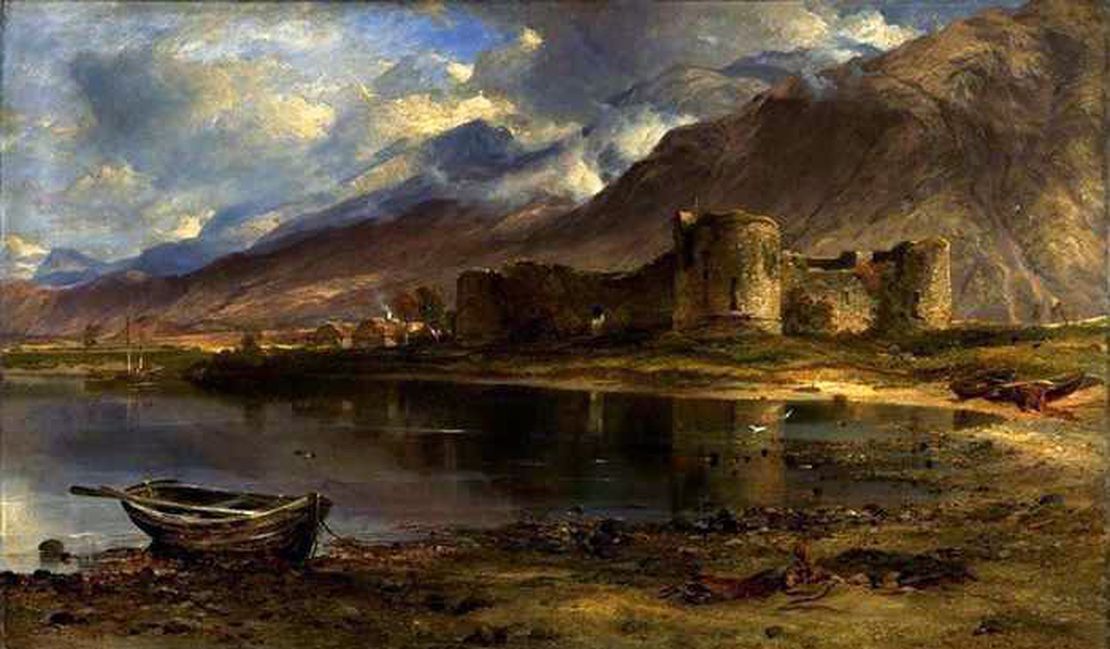- February 2, 1645
The Battle of Inverlochy has historical significance in Scotland, and there are actually two notable battles by this name. Both occurred near Inverlochy Castle, in the vicinity of present-day Fort William, in the Scottish Highlands. They are remembered for their contexts within the turbulent periods of Scottish history they represent.
Battle of Inverlochy (1431)
This battle was fought during the reign of King James I of Scotland, between the forces of Alexander of Islay, Earl of Ross, Lord of the Isles, and the royalist forces led by the Earl of Mar. The Lord of the Isles commanded a significant force drawn from the clans of the western Highlands and the Hebrides, aiming to challenge the central authority of the Scottish king. The Lord of the Isles’ forces achieved a decisive victory, which allowed them to maintain semi-independence and significant power in the Highlands and Islands for many years thereafter. This battle underscored the ongoing struggle for power and autonomy between the Scottish crown and the Highland clans.
Battle of Inverlochy (February 2, 1645)
The Battle of Inverlochy occurred on 2 February 1645 during the Wars of the Three Kingdoms when a Royalist force of Highlanders and Confederate Irish troops under the overall command of James Graham, 1st Marquess of Montrose, routed and largely destroyed the pursuing forces of Archibald Campbell, 1st Marquess of Argyll, who had been encamped under the walls of Inverlochy Castle.
This later battle occurred during the Wars of the Three Kingdoms, a complex series of conflicts that involved the civil wars in Scotland, Ireland, and England, including the English Civil War. It was fought between the Royalists, led by James Graham, 1st Marquess of Montrose, and the Covenanter government troops, commanded by Archibald Campbell, 1st Marquess of Argyll. Montrose led a force of Irish, Highlanders, and Islesmen to a significant victory against the Covenanters. Despite being heavily outnumbered, Montrose’s tactical brilliance and the element of surprise contributed to his success. This victory was part of a campaign that temporarily reversed the fortunes of the Royalist cause in Scotland, although the Royalists were eventually defeated in the wider context of the civil wars.
The Battle of Inverlochy occurred on 2 February 1645 during the Wars of the Three Kingdoms when a Royalist force of Highlanders and Confederate Irish troops under the overall command of James Graham, 1st Marquess of Montrose, routed and largely destroyed the pursuing forces of Archibald Campbell, 1st Marquess of Argyll, who had been encamped under the walls of Inverlochy Castle.
The Battle
Montrose’s army spent a cold night in the open on the side of Ben Nevis. Argyll was already aware that a small force was operating in the area, having been alerted by pickets driven from Keppoch by the Royalist advance guard. He did not know, however, that he was faced by the entire royal army. Just before dawn on 2 February 1645, Argyll and his commanders were dismayed at the sight that lay before them. As far as they were aware Montrose should still have been 30 miles north.
Both battles of Inverlochy are important for understanding the complex socio-political landscape of Scotland during these periods, highlighting the internal divisions and the enduring struggle for control between central authority and regional powers.

 ← Battle of Marston Moor Victory
← Battle of Marston Moor Victory